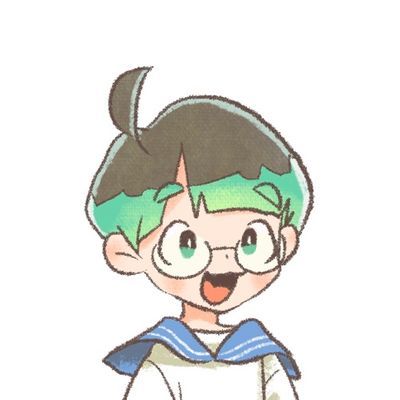
えのきたけについて知りたいです。
えのきたけは、枯れた榎という木の根元に生えるきのこだったので、この名前がつきました。
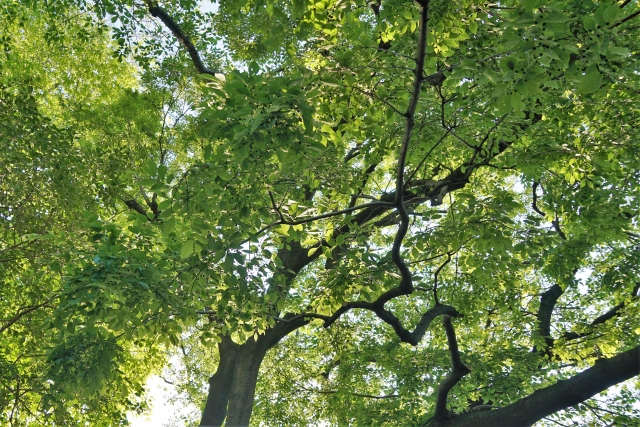
えのきたけは、「えのき」と短く呼ばれたり、「えのきだけ」と濁って呼ばれたり、「なめたけ」と別名で呼ばれたりします。
元々は、秋の終わりから、冬の初めにかけて、榎や柿、ポプラ、ぶななどの広葉樹の枯れ木に生えていました。
野生のえのきたけは、大きくて褐色です。
野生のえのきたけの写真は、こちらを見てください。→(他のところにあるページ)
えのきたけは、きのこの中で一番たくさん栽培され、売られているきのこです。
栽培されたえのきたけは、白くて細長い形をしています。
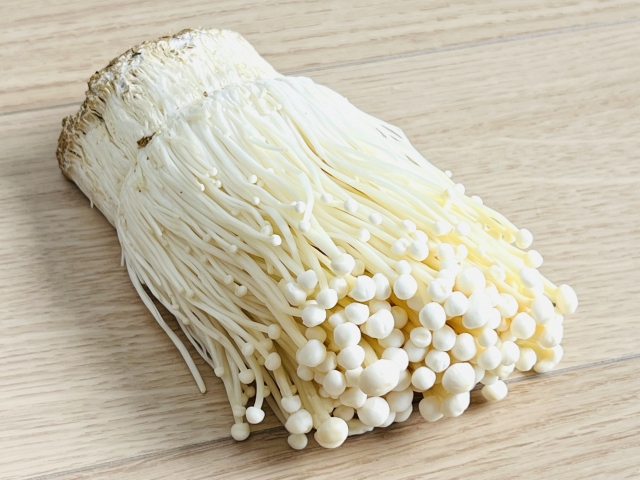
えのきたけは、長野県が一番たくさん生産されています。
このように、たくさん生産されるまでには、長野県のたくさんの農家の人の苦労がありました。
現在では、工場内で、育てることが多いので、一年中生産されます。
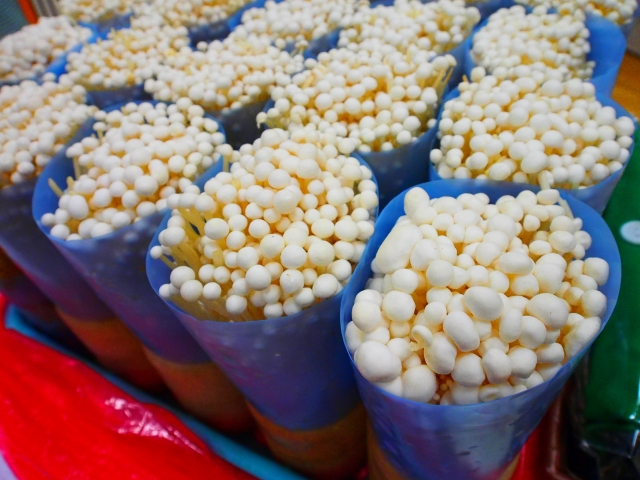
ガラス瓶の中に栄養をもらうための培地を入れます。培地を殺菌して、他の菌が育たないようにします。その中にえのきたけのもとになる種菌を入れます。そして、水や温度や湿度の管理をして、2か月ほどの時間をかけて大きく育てていきます。
Enoki Mushroom
The enokitake mushroom got its name because it was a mushroom that grew at the base of a dead tree called enoki.
Enokitake mushrooms are sometimes shortened to “enoki”, sometimes muddled to “enokidake”, and sometimes called by another name, “nametake”.
Originally, they grew on dead broadleaf trees such as enoki, persimmon, poplar, and beech in late fall and early winter.
Wild enokitake mushrooms are large and brown in color.
Enokitake mushrooms are the most abundantly cultivated and sold mushrooms.
Cultivated enokitake mushrooms are white and elongated.
Nagano Prefecture produces the most enokitake mushrooms.
It took the hard work of many farmers in Nagano Prefecture to produce such a large number of enokitake mushrooms.
Nowadays, enokitake mushrooms are often grown in factories, so they are produced all year round.
A culture medium is placed in glass jars to receive nutrients. The medium is sterilized to prevent other fungi from growing in it. The seed fungus, which is the source of enokitake mushrooms, is placed in it. Then, water, temperature and humidity are controlled, and the mushrooms are grown large over a period of about two months.
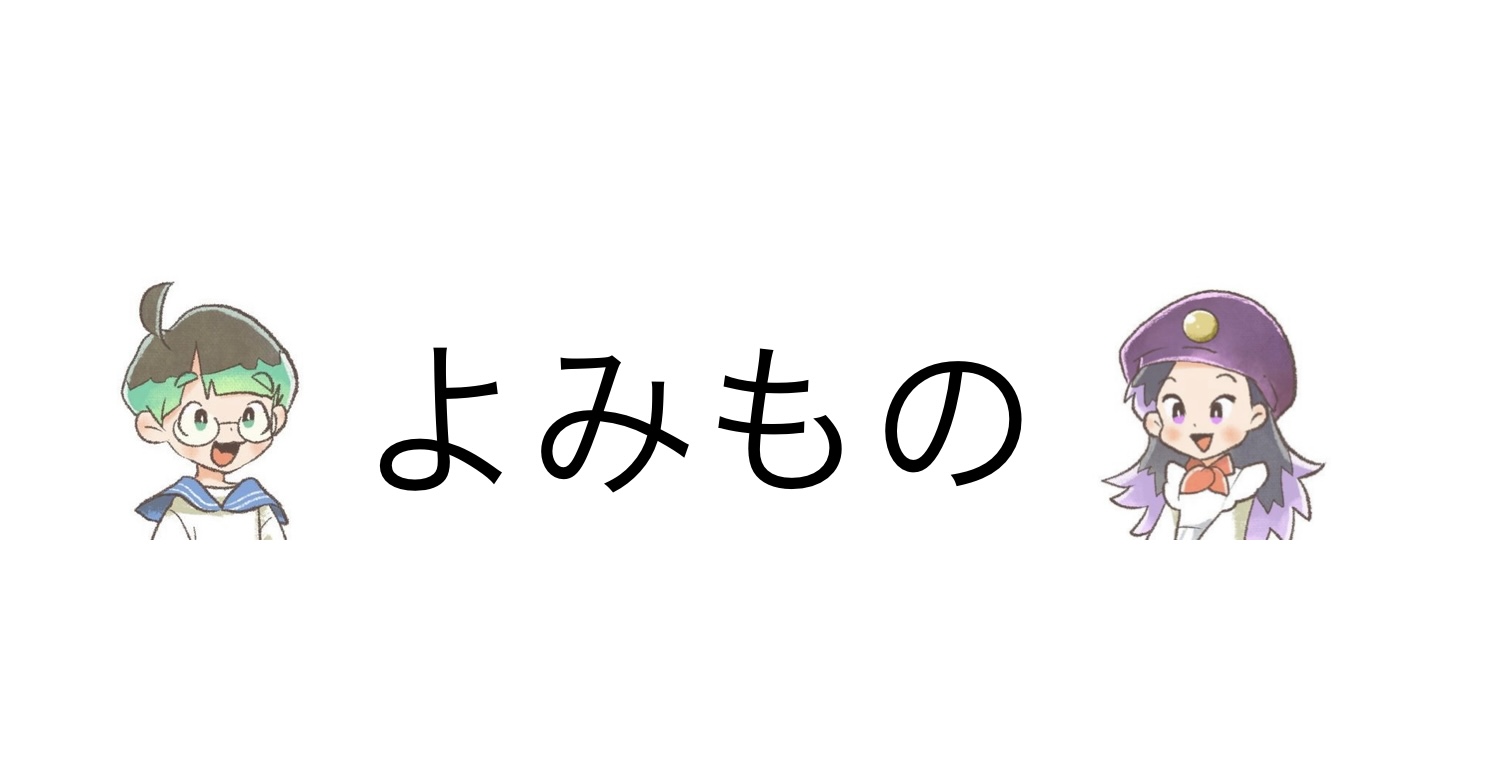
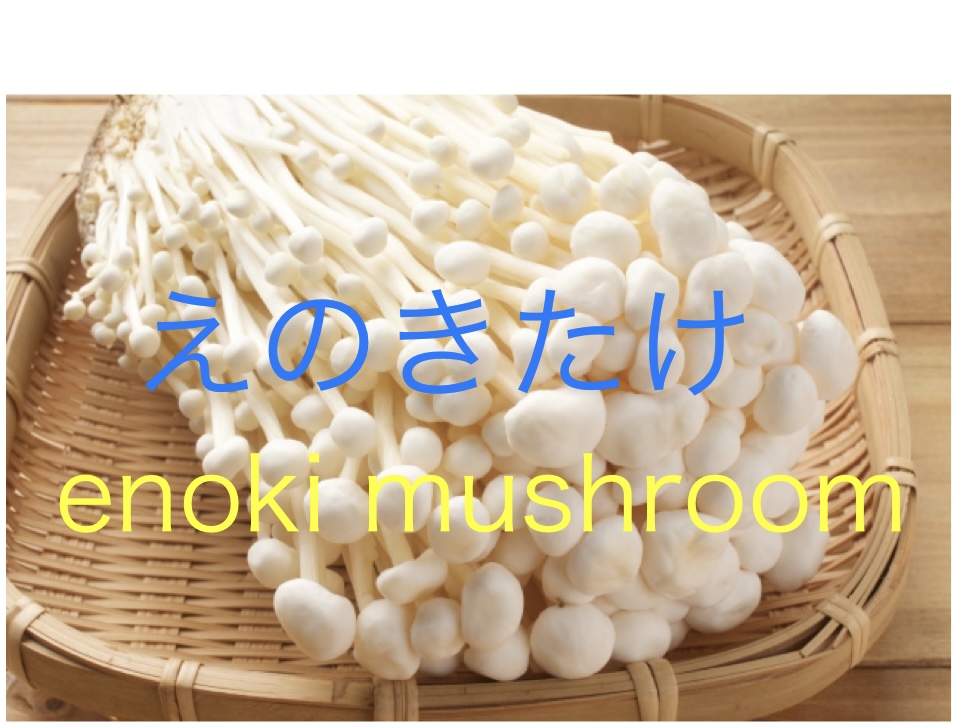


コメント